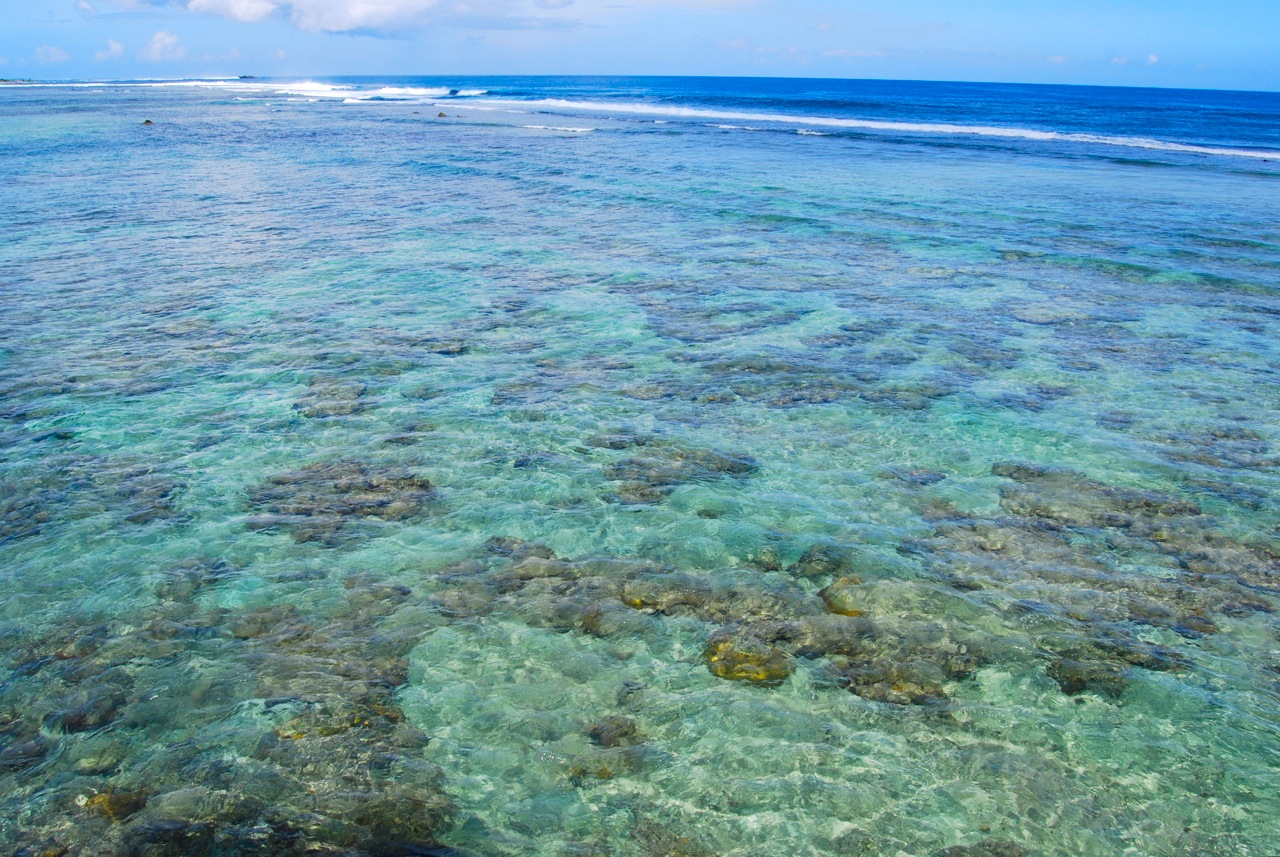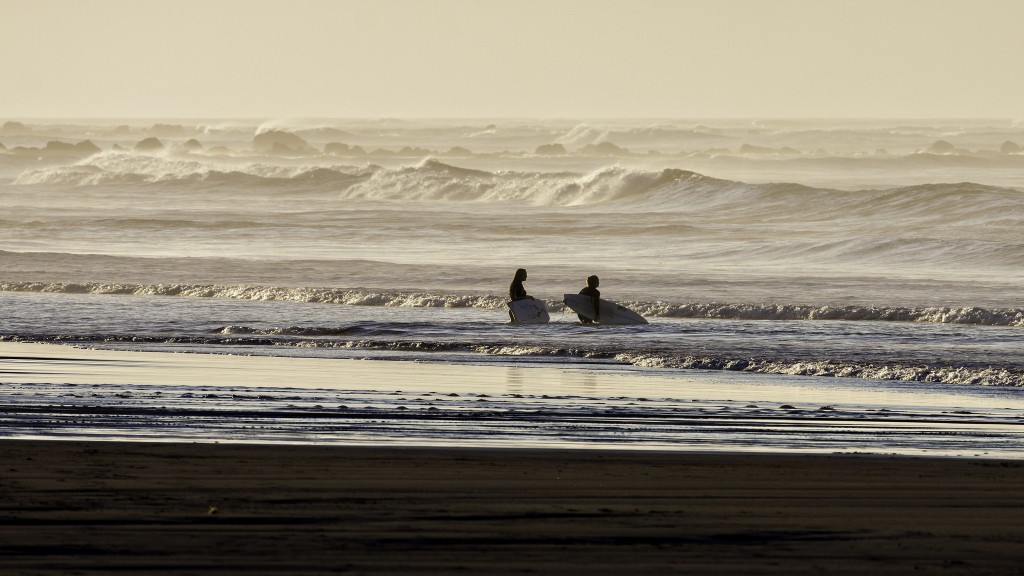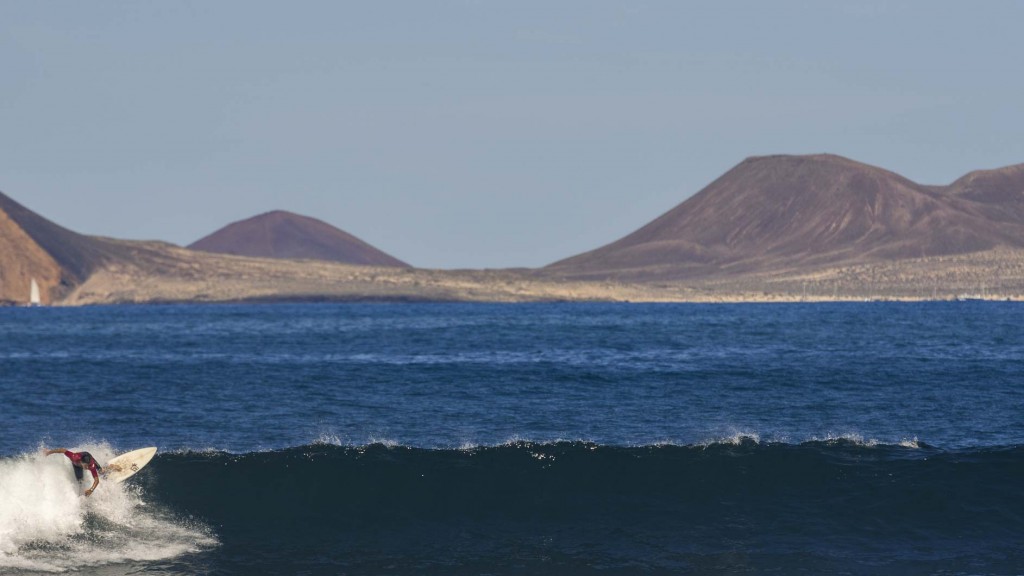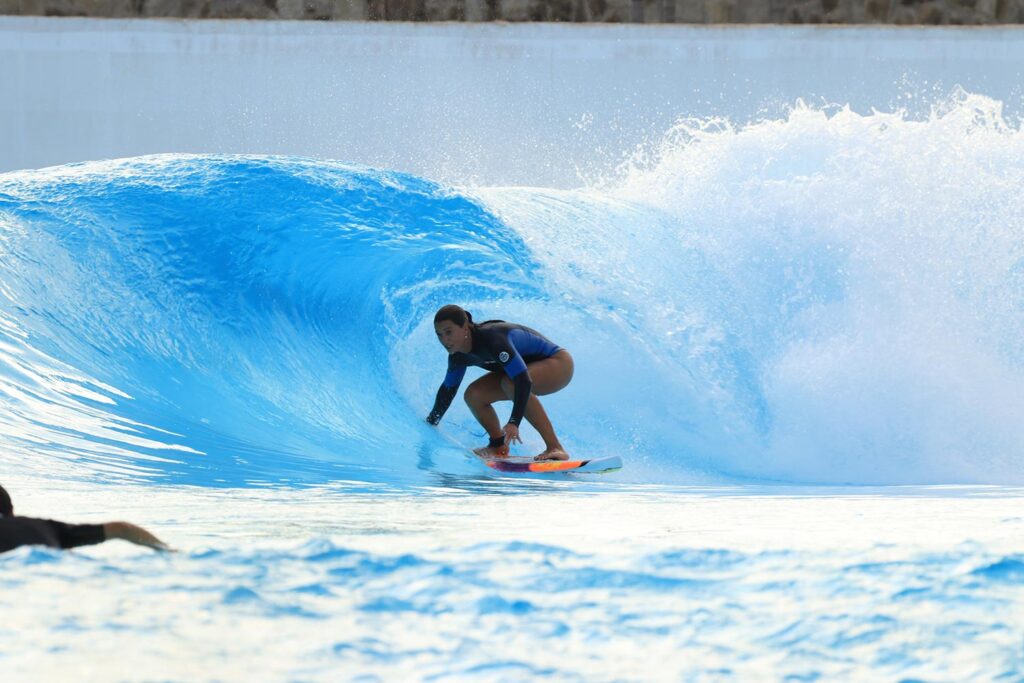
As in all cultures, there are customs, rules, ways of life, musical styles and jargon.
Regardless of where any surfer comes from, they all have one thing in common; they all want to feel again that sensation (stoke) that connects them with nature as few sports can do when sliding on a wave. That desire to look for good waves and have a life in contact with the sea. In spite of the evolution of surfing, of its massive and constantly growing industry, there is that mystical spirit inherent to any surfer who is part of it.

In the case of the surfing culture, it has evolved over the years, exerting a great influence on fashion, music and jargon among others. Surf lessons Famara
Anyone who enters this culture, has to know that there is a set of terms that define each of the parts or facets that encompass the whole world of surfing.
That is why, we are going to compile some of the most common and used terms by the surfing community that you will probably read or hear around.
- Swell: Wave or swell. This term is closely linked to the prediction of waves. It is formed due to atmospheric disturbances such as storms, wind, etc. Because of this, the longed-for waves are formed miles away, breaking as they meet the coast.
- Spot: Place where surfers go to surf.

- Crowd: Crowd of people concentrating around the different peaks that a spot may have.
– Types of breakers:
- Point Break: Wave that breaks on a rocky ground or stones.
- Reef break: Wave whose bottom is composed of coral and reef. They are usually very clean and quite powerful waves. Pipeline, Uluwatu or Teahupo’o are waves with this type of drop.

- Beach Break: Wave that breaks on the different sandbanks that make up the bottom of a beach. Due to the movement of the sandbanks by the sea currents, the peaks of the waves are not always in the same place. Optimal for beginners.

– The Stance of every surfer:
When we talk about stance, we mean the way you stand on the board and the position of your feet. Generally, it is the same for the different modalities, whether it is surfing, windsurfing, kitesurfing…or any other board sport, although sometimes in snowboarding above all, it is usually alternated.
- Goofy stance: surfer who puts his right foot in front.
- Regular stance: Surfers who put their left foot in front. They are the most common.

- Backside: When we have the wall of the wave at our back while surfing it.
- Frontside: When surfing facing the wall of the wave
– In relation to the wave:
- Peak: Place where the wave begins to break. It is here where surfers are usually located to “catch” the wave, especially the most experienced ones.
- Lip: This is the crest or lip of the wave. The highest part.
– In relation to the wind:
- Off-Shore: When the wind blows from land into the sea. This type of wind raises the crest of the wave and favours the creation of the so appreciated tubes.
- On-Shore: The sea wind. This type of wind crushes the lip of the wave, damaging its quality.
- Glassy: Moment in which there is no wind that distorts the surface of the water. This means the perfect moment for surfing, with well-defined and placed waves.
- Choppy: A choppy and windy sea.
– As for the manoeuvres, we would like to highlight them:
- Take off: Stand up once we paddle the wave.
- Drop: Descend on the wave once we have stood up.
- Bottom-Turn: A turn that is made at the base of the wave to go back up again, after making the drop.

- Cutback: Tracing that is done to return to the strongest point of the wave when it is left without a wall. It is done by forming the symbol of infinity in the wave.
- Snap: Drifting to the middle of a wall by kicking strongly with the back foot and then passing the weight to the front foot.
- Floater: This manoeuvre is used to pass over the lip of a section of the wave, thus connecting with the next wall.


Leave a comment
Your e-mail address will not be published. Required fields are marked with *.